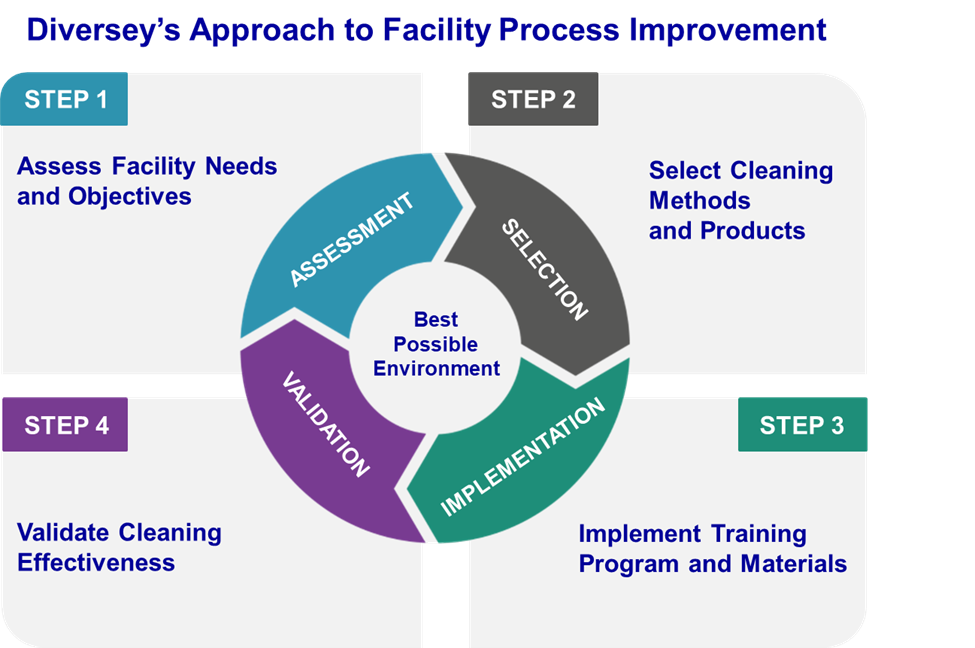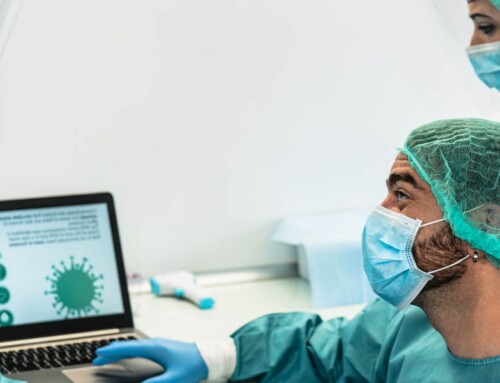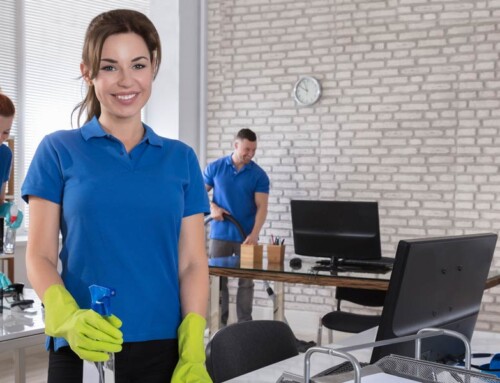Effectiveness & Efficiency are Paramount in Today’s Environment!
Facilities are finding there is not enough time, labor, or budget to get the job done right. There are so many challenges with shortages and turnover of staff, and it is an opportune time to step back and explore options to streamline, standardize, and satisfy all parties involved.
From floor-to-ceiling, there are so many ways to improve productivity and results. It is about creating a safe and hygienic environment that is visibly appealing and pristine.
To do this there are four steps to consider.
Step 1: Assess Facility Needs and Objectives.
What are the key issues? What pain points can be addressed? What are the organization’s goals and objectives? Also, what areas should be a consideration for improvement and what resources are constrained? This gives an overview of where to begin, and facility assessment tools can help guide observations and get to the root concerns for potential enhancements.
Step 2: Selecting Cleaning Methods and Products.
This includes defining and designing the total facility solution and where products, tools, equipment, and workflows can be standardized to optimize results. The goal here is utilizing industry best practices to achieve operational efficiency.
Look to invest in solutions that raise productivity and simplify the products and processes. For example, products that can perform multiple applications reduces the total number of products needed and simplifies training. Innovations in machines and products can really improve efficiency and effectiveness to revitalize your facility hygiene program. In today’s environment, we cannot afford to miss, and some innovations can provide phenomenal results.
Here are a few proven “hacks” for Selection of Methods and Products.
1) Machine vs multiple people – If there is not enough time, labor or budget to do the job, small changes to the floor program can help. Examples include:
- Moving from upright vacuums to back packs and ride-ons and reduce labor needed up to 70%.
- Moving from flat mopping to mechanical and reduce labor by up to 70%, while removing ~five times more soil
- Deploying machines and special pads for chemical-free options that can save 60-90% of labor and chemical.
- Implementation of machines with built-in automation to optimize cleaning solution – go 67% further and eliminate costly refilling downtime.
2) Ready-to-use wipes and mops vs laundered microfiber – If you don’t have time or trained staff to do the job, AND want to have the optimal tools, consider pre-wetted wipes and single-use options for cleaning and mopping. These remove the hours of preparation, accuracy control, wringing and HOPING that tools are “clean” when they come from the laundry. Additionally, these products can provide assurance of simplicity for staff to use. Diversey recently performed a life cycle analysis of single use versus laundered tools and related environmental footprint. You may be surprised!
3) Optimize Workflow – Creating standardized products and procedures can do wonders in creating a baseline for the team. Checklists and flow diagrams help. Understanding clear roles and responsibilities, having training tools to re-enforce, and having repeatable protocols can provide consistency in best practices. ISSA and other organizations have developed some excellent practices and working with manufacturers to customize and implement can help staff be trained, and better understand what is expected for your facility.
4) Time-Savers and Cycle Extenders – Look for product performance across every aspect.
- Have product applications defined and accessible – make sure that products can be stored conveniently for staff use, what they need and where needed.
- Look for innovation in applications such as extended cycle floor finishes and maintenance solutions that can double, triple or multiple time between cycles more. This includes addressing special needs for additional protection to those areas that need it (i.e., heavy hand sanitizer usage areas and entryways during the winter).
- Keep it simple – with solutions that can be trained and implemented with ease. Simplicity equals success for teams, and also can keep them coming back to work.
- Use finishes and coatings that require fewer coats and maintenance and be sure that it is designed for your type of floor. Applying coatings correctly, rather than thin or thick coating, can avoid costly rework.
- Comply when it comes to disinfection with products that are fast and effective, and meet the contact time required to kill germs and keep a safe environment.
Step 3 : Implementation of Training Programs and Materials
This is very key to the success of process improvement and making sure that there is excellence in execution. Work with manufacturers to provide leading tools and training to ensure this happens. Even the best laid plans can go awry if this does not happen.
Step 4: Validate Effectiveness
Ensure that the entire program is working as intended. There is always room for continuous improvement, and having objective measurements of success, or not, can really help provide a baseline to a roadmap for ongoing refinement.
It is really key to simplify, standardize, and look at innovative approaches in all areas of facility management. Diversey can help you with this and has many tools and products to improve effectiveness and efficiency which are paramount in today’s environment.
For information, click here..

















